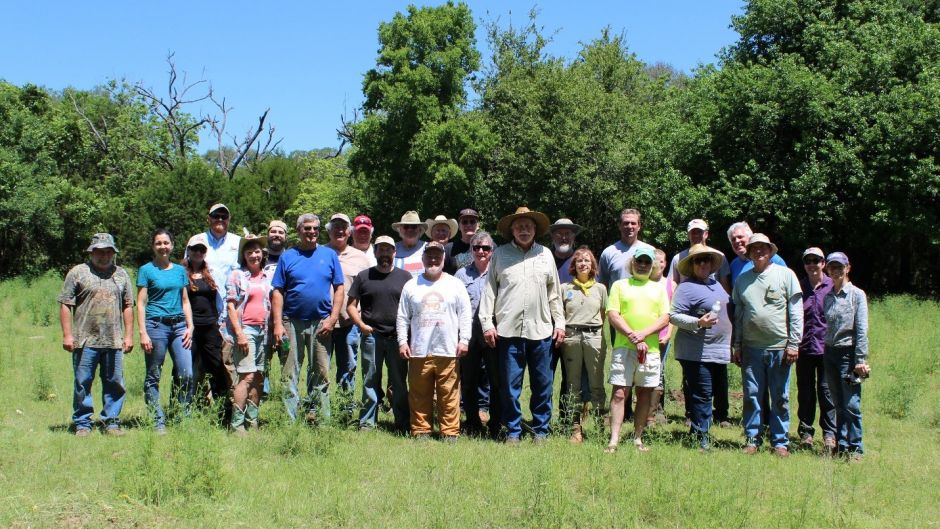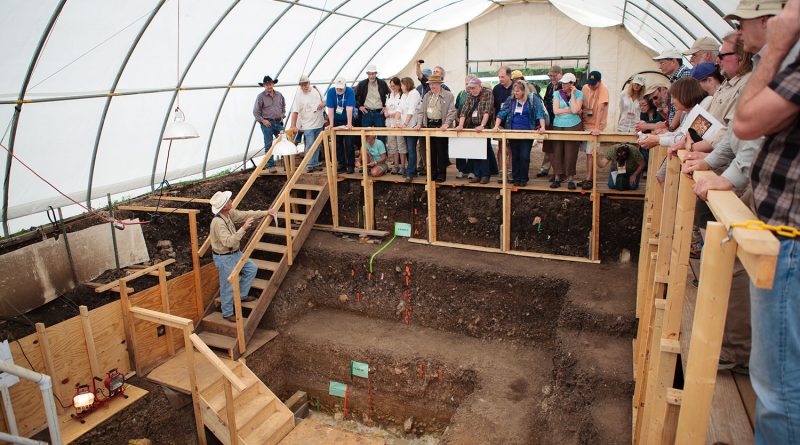Gault Archaeological Site a valuable link to the past
By Amy Rognlie | Courtesy photos

Many area residents may not know Central Texas is home to an important, internationally known archaeological site. The Gault Archaeological Site, located just outside of Florence at the edge of the Hill Country, is a valuable piece of Texas history and culture.
Monthly tours are scheduled, giving visitors a glimpse of local history dating to 20,000 years ago. The tours are about two and a half hours long and cover technology, archaeological science, and the reasons people were continually living in this area.
“Studying who we are and where we came from is an exercise in looking to the future. We need to learn from the past so we know where we’re going,” says Dr. Clark Wernecke, executive director of the Gault School of Archaeological Research (GSAR). “Archaeologists are interested in human behavior—think of us as CSI Prehistoric. We look at clues (artifacts) in context to figure out what happened.”
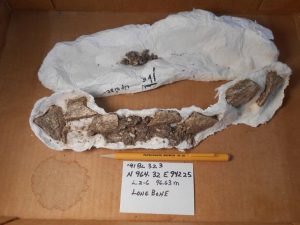
The entire Gault site covers an area of about 20 acres. The Gault Site has been known by archaeologists for at least 78 years. In 1929, the first anthropologist at the University of Texas, J.E. Pearce, had a crew excavating at the site for six weeks. Over the years the land changed hands several times but was the focus for a great deal of collecting and looting. One of Pearce’s colleagues looked at the site in 1930 and commented on the young men digging for artifacts there. Some of these collectors worked on a grand scale with large crews and even heavy machinery.
Eventually a commercial pay-to-dig operation allowed collectors the opportunity to dig at the now-famous Gault Site for a mere $2 a day (later $25).
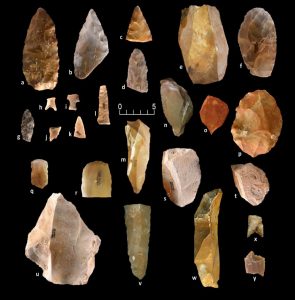
The land changed ownership in 1998 and a group from the University of Texas at Austin, led by paleontologist Dr. Ernie Lundelius and archaeologist Dr. Michael Collins,
were asked by the new owners to look at something they’d exposed at the site. It turned out to be the lower jaw of a juvenile mammoth and some ancient horse bones surrounded by a large number of Clovis artifacts.
Between 1999 and 2002 more than 1.4 million artifacts were recovered — about half of them of Clovis age, which is approximately 13,000 years. A unique Clovis feature, a stone floor, was discovered as well as more than one hundred engraved or “incised” stones — among the earliest art in the Americas. To date, an estimated 2.6 million artifacts, including 130,000 artifacts from below the Clovis layer, have been recovered from approximately 3% of the site.
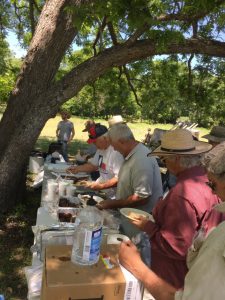
While the GSAR’s focus is on science that is international in nature, they also provide opportunities for people interested in archaeology to do volunteer work in the field or lab, which is located at Pickle Research Campus at UT. Over the years, more than 2,300 volunteers, ranging from schoolchildren to graduate students to retirees, have worked on GSAR projects. Though no digging is currently going on at the Gault Site, GSAR’s archaeologists continue to work on 12-15 different sites in Texas as well as other sites around the hemisphere. They currently have a list of 1500 volunteers who are on call to work in various capacities as needed.
In addition, GSAR offers speakers, demonstrations and other educational opportunities such as school field trips. They also work closely with the nearby communities to foster awareness of the cultural resources in the area, expand understanding of the earliest peoples in the western hemisphere, and help folks benefit from the presence of the Gault Site.
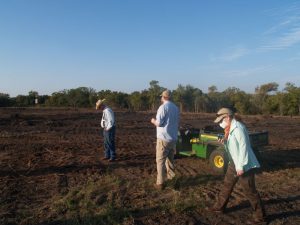
“The ground itself is a big book,” says Dr. Wernecke. “Archaeologists, paleontologists, and geologists can turn the pages back to help us learn from the past so we know how to do the future.”
IF YOU GO
You can schedule a walking tour of the Gault Site through the Bell County Museum or the Williamson County Museum, or if scheduling a group of 10 or more, through the Gault School of Archaeological Research’s website.
The tours are walking and the round-trip distance is approximately 1.5 miles (a little bit at a time).
The tour is not wheelchair accessible but they do have a golf cart with two bench seats to ferry around anyone who can’t make the walk.
Website: https://www.gaultschool.org
Facebook: https://www.facebook.com/gaultschool/ Phone: 512-232-4912
